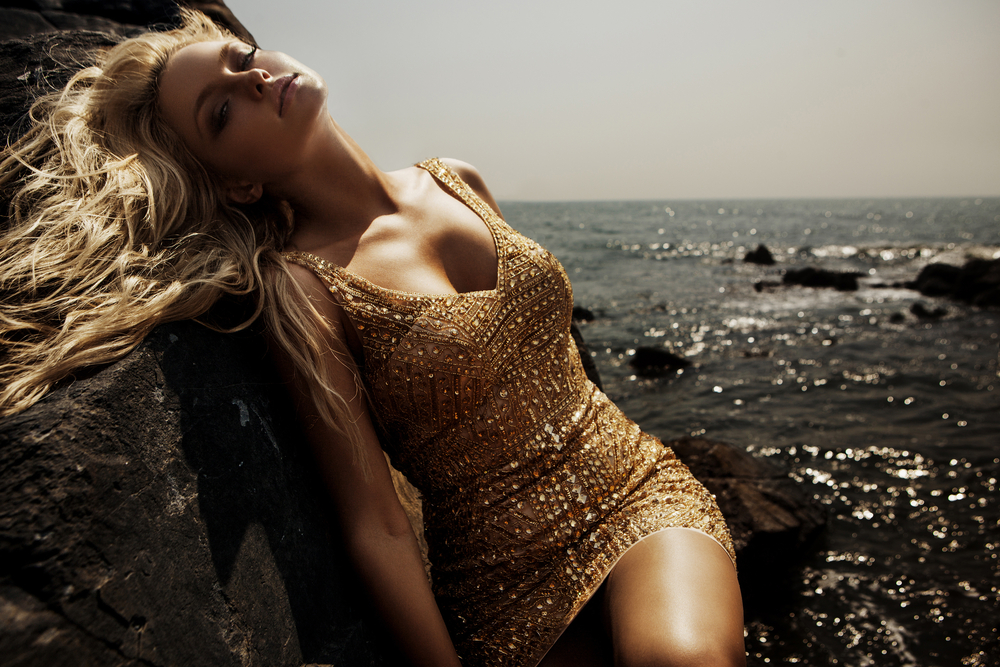Decoding Color Theory in Fashion
When it comes to modeling for photoshoots, understanding the impact of colors in fashion is crucial. The right choice of colors can enhance your overall appearance, highlight your features, and create a lasting impression. To unlock the power of color in your modeling journey, let’s delve into the world of color theory and discover the secrets behind the chromatic dress code.
The Basics: Primary, Secondary, and Tertiary Colors
Before we dive deeper, let’s brush up on our knowledge of colors. We all remember the primary colors (red, blue, and yellow) from elementary school, right? These hues cannot be created by mixing other colors and are the building blocks of color theory. By combining primary colors, we create secondary colors (purple, green, and orange). Finally, when we mix a primary color with a secondary color, we get tertiary colors.
Warm and Cool Colors
Colors can be broadly categorized into two groups: warm and cool. Warm colors such as red, orange, and yellow evoke a sense of energy, passion, and vibrancy. These hues can be attention-grabbing, making them perfect for fashion statements or emphasizing certain aspects of your outfit. On the other hand, cool colors like blue, green, and purple exude calmness, tranquility, and sophistication. They can create a more relaxed and soothing vibe in your photoshoots.
Understanding Color Harmonies
Now that we know the basics, let’s dive into how colors can harmonize with each other to create visually stunning ensembles. Here are a few popular color harmonies to experiment with:
- Complementary Colors: Combining colors from opposite sides of the color wheel, such as red and green, can create a strong contrast and make both colors pop.
- Analogous Colors: These are colors that sit next to each other on the color wheel, like blue and purple or yellow and orange. As they share similar undertones, they create a harmonious look when worn together.
- Monochromatic Colors: If you want a sophisticated and minimalistic look, try incorporating variations of the same color. Mixing light and dark shades of blue, for example, adds depth to your outfit.
Color Psychology: The Mood Factor
Beyond aesthetics, colors also have psychological effects that can convey different moods and emotions. Understanding these associations can help you communicate specific messages through your fashion choices. Here are a few examples:
- Red: Often associated with love, passion, and energy, red is a powerful color that brings attention to the wearer.
- Green: Symbolizing growth, harmony, and nature, green can create a calming and refreshing vibe.
- Yellow: Associated with happiness, optimism, and sunlight, yellow can bring a cheerful and youthful essence to your outfits.
Remember, these associations can vary across cultures and personal experiences, so it’s important to consider your target audience and the intended message of your photoshoot.
The Versatility of Neutrals
While vibrant colors steal the spotlight, neutrals play a crucial role in fashion. Colors like black, white, gray, and beige are often considered neutrals as they pair well with almost any color. Neutrals can help balance out bold hues and add a touch of elegance to your overall look. Experimenting with different combinations of neutrals and pops of color can elevate your style.
By mastering the art of color theory, you can unlock new possibilities and create captivating visuals for your modeling portfolio. So, the next time you’re prepping for a photoshoot, remember: every color has a story to tell, and you have the power to make it your own.


